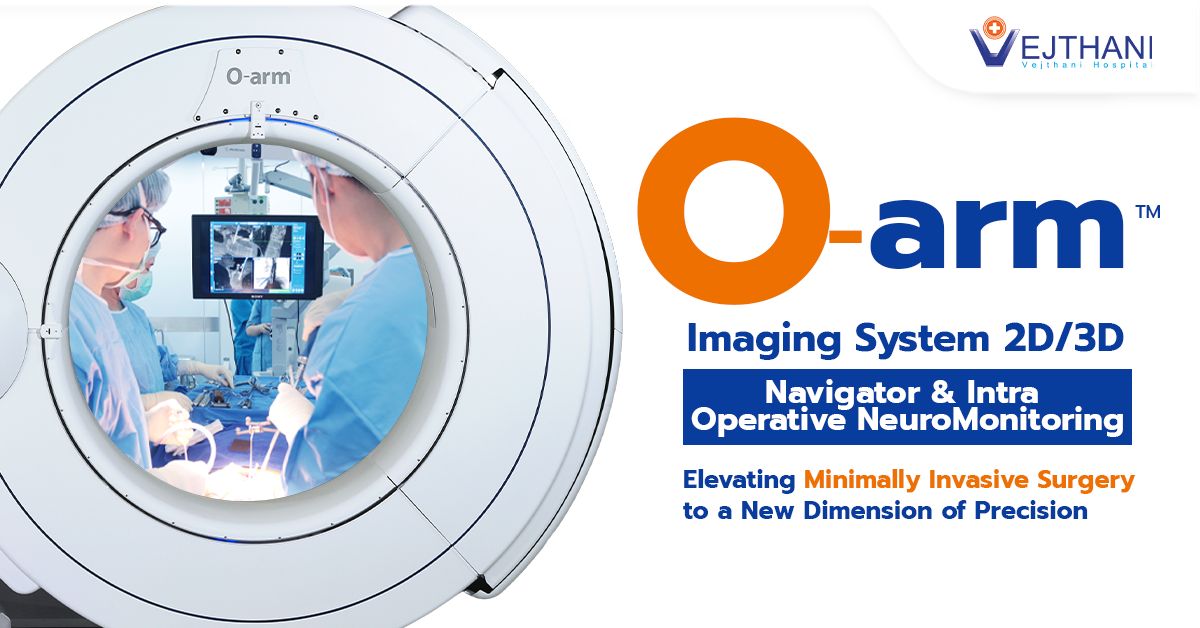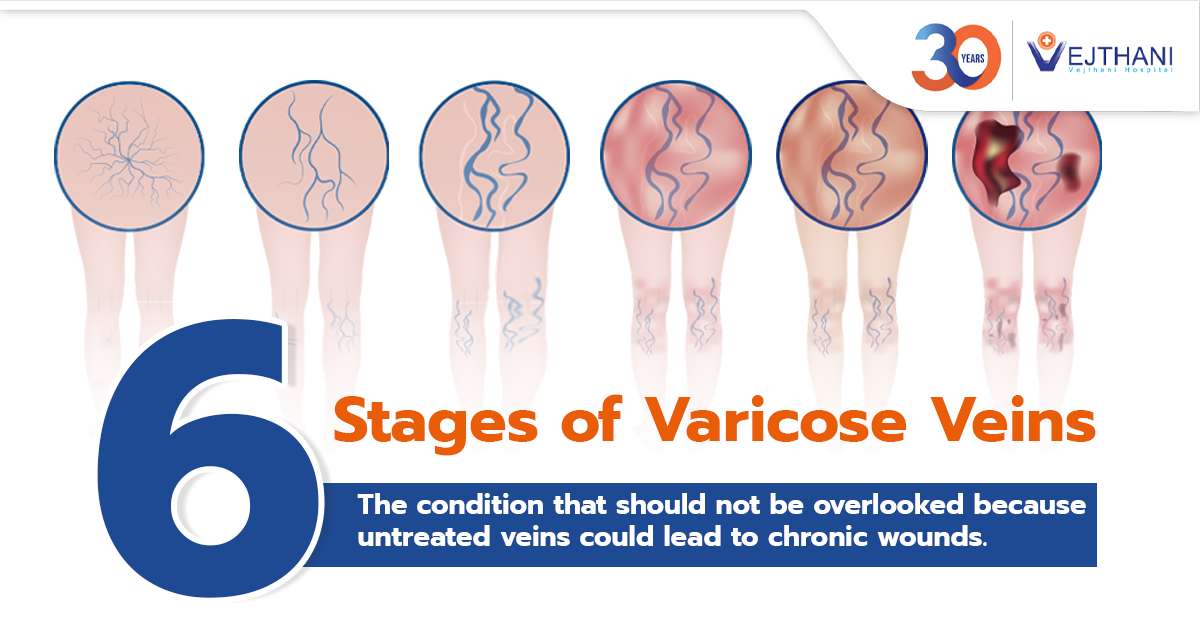
Arthroplasty
Overview
Arthroplasty is a surgical method used for joint replacement, aiming to restore joint function. This procedure involves the removal of a damaged joint and the insertion of an artificial joint, known as a prosthesis. The prosthesis can be made from materials like metal, ceramic, or durable plastic. The outcome is a joint that closely resembles a natural one in appearance and movement.
There are different forms of arthritis that can impact joints. The most common cause for arthroplasty is osteoarthritis, also known as degenerative joint disease. This condition involves the deterioration of the cartilage or cushion within a joint.
Most cases undergoing this surgery typically require a complete joint replacement, and the duration of recovery after arthroplasty can vary based on factors such as age, lifestyle, the specific procedure, and the joint that has been replaced.
Types of operations
While surgeons have the ability to replace joints in any part of the body, the most common types of arthroplasty include hip replacement and knee replacement.
- Hip replacement: An orthopedic surgeon replaces the hip or its components with a prosthetic joint.
- Knee replacement: Knee replacement surgery involves a surgeon replacing damaged knee joint parts with a metal and plastic artificial joint, known as an arthroplasty or joint replacement.
Reasons for the procedure
Arthroplasty is considered when joint pain and reduced mobility persist despite attempting various medical interventions. Before opting for arthroplasty, several conservative treatments for osteoarthritis are typically explored, including:
- Ineffectiveness of Non–Surgical Methods: These encompass approaches such as physical therapy, medication regimens, bracing, injections, using mobility aids, and incorporating periods of rest. If these methods haven’t provided satisfactory pain relief, arthroplasty may be considered.
- Limited Joint Flexibility and Mobility: Cases in which joint stiffness and constrained movement impede daily activities, making them difficult to perform or even impossible.
- Persistent Swelling and Inflammation: Instances where inflammation and swelling continue despite using medication or making lifestyle adjustments.
Those who undergo arthroplasty typically experience a significant reduction in joint pain, an increased capability to engage in activities, and an overall improvement in their quality of life.
Risks for undergoing the procedure
Surgical procedures carry inherent potential for complications. Consider the following aspects:
- Bleeding: Some bleeding could happen during or after the surgery.
- Infection: There’s a possibility of developing an infection where the surgery took place.
- Blood Clots: Clots might form in the legs or lungs, which can be serious.
- Prosthetic Problems: The artificial joint parts might not stay in place as intended.
- Nerve or Blood Vessel Damage: Nerves or blood vessels could accidentally get harmed, causing weakness or numbness.
- Pain and Function: It’s also important to note that the surgery might not completely relieve joint pain, and you might not regain full function.
Additional potential risks could emerge depending on your specific medical condition. Engaging in a comprehensive discussion about any concerns you might have with your healthcare provider before proceeding with the procedure.
Procedure
The healthcare provider will aid in your procedure preparation. They might suggest engaging in physical therapy, exercises, or adhering to a dietary plan in the weeks before the surgery. These strategies are designed to ensure your health is at its best for the upcoming operation.
Before the procedure
Before undergoing arthroplasty, a process to replace a joint, a series of important tests will be conducted to make sure you’re ready for the surgery. These tests include:
- Blood Test: A simple blood test to check your overall health.
- Electrocardiogram (ECG): This test checks your heart’s electrical activity.
- Chest X–ray: A painless X–ray to examine your chest and lungs.
Depending on your medical history, you might need to consult your primary care doctor or another specialist before the surgery. In certain cases, supplementary scans such as a computed tomography (CT) scan or a magnetic resonance imaging (MRI) scan might be necessary for surgical planning. The steps include:
- Share Your Health History: Tell your healthcare provider about your health history and any medications you’re taking, including herbal supplements. This is important, as you might need to stop certain medications like blood thinners before the surgery.
- Consent Form: You’ll need to sign a consent form, which gives permission for the procedure. Make sure to read it carefully and ask questions if you don’t understand something.
- Allergies and Sensitivities: Inform your healthcare provider if you’re allergic or sensitive to any medicines, latex, tape, or anesthesia.
- Fasting Instructions: Your healthcare provider will guide you on when to stop eating and drinking before the procedure.
During the procedure
The surgical approach for joint replacement varies based on the type of surgery and the specific joint being treated. Before the operation, anesthesia is administered to ensure you don’t experience pain during the procedure.
The surgeon begins by making incisions to access the affected joint, subsequently removing the damaged joint. An artificial joint is then put in place of the removed one. The incisions are closed using stitches, staples, or surgical glue. A bandage is applied around the joint, and in some cases, a brace or sling might be necessary.
Minimally invasive techniques can be employed for certain joint replacement surgeries. These approaches involve fewer incisions and specialized tools, potentially leading to a quicker recovery compared to traditional methods. The most suitable procedure will be recommended by the surgeon.
After the procedure
Post–Procedure Recovery Instructions:
- Recovery Area Monitoring: Following the procedure, patients will be transferred to a recovery area where their vital signs will be closely observed. Once stability in respiration, blood pressure, pulse, and cardiac rhythm is achieved, and consciousness is regained, the patient will be moved to their assigned hospital room.
- Hospital Stay Duration: Depending on the specific procedure, patients might be discharged on the day of surgery or need to remain in the hospital for one to two days. The medical team will communicate with patients about their tailored recovery plan.
- Transport and Assistance: It’s important to arrange for a companion who can drive patients home after the procedure. Additional help may be required for various daily activities during the recovery phase, including assistance with mobility, laundry, and bathing.
Post-Surgery Pain Management:
- Rest and Limited Physical Activity: Adequate rest and minimal physical exertion are recommended during the initial recovery phase.
- Use of Cold Compress: Applying a cold compress or ice in intervals of about 20 minutes can provide relief from discomfort.
- Following physical therapy: Adhering to prescribed physical therapy and performing recommended home exercises is crucial. These exercises contribute to recovery, restore function, and protect the newly treated joint.
- Elevation: If advised by healthcare providers, elevating the operated joint while at rest is recommended. For instance, patients who have undergone knee replacement might be advised to rest their foot on a stool or chair instead of the ground.
- Caring for Incisions: Ensuring the cleanliness and proper coverage of incisions is important, following the instructions provided. Patients should consult their healthcare provider about removing dressings and suitable timing for showering or bathing.
- Managing Pain with Medication: Healthcare providers may suggest non–prescription nonsteroidal anti–inflammatory drugs (NSAIDs) or prescribe pain relief medication. Patients should carefully adhere to dosage instructions. Medications to alleviate swelling or prevent blood clots might also be part of the prescribed regimen.
Outcome
The experiences of recovery following joint replacement are individualized, which prompts the recommendation to consult your healthcare provider for guidance on reintegrating preferred activities after arthroplasty. Initiating this discussion before the procedure can offer patients insights into suitable activities during their complete recovery. Factors that impact the duration of recovery include activity level, age, the specific replaced joint, existing health conditions, and the type of replacement surgery undergone.
In most cases, engaging in a physical therapy program can expedite the recovery process. This therapeutic approach focuses on strengthening the muscles surrounding the replaced joint, thereby enhancing their ability to provide support. The exercises integrated into these programs also promote increased flexibility and improved mobility, contributing positively to the recovery journey.
After returning home, it is essential to maintain the cleanliness and dryness of the surgical area. Specific bathing instructions will be provided by the healthcare provider. The stitches or surgical staples used will be removed during a follow–up hospital visit as part of post–operative care.
It is important to promptly inform the healthcare provider if any of the following symptoms are experienced:
- Fever or chills.
- Redness, swelling, bleeding, or unusual drainage at the incision site.
- Increased pain around the incision area.
- Numbness or tingling sensations in the affected area.



















